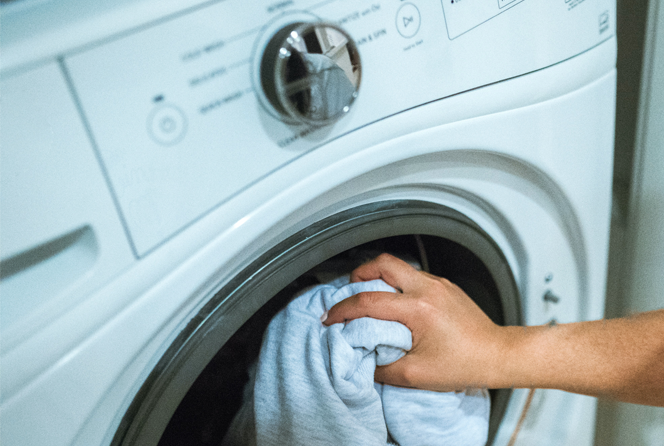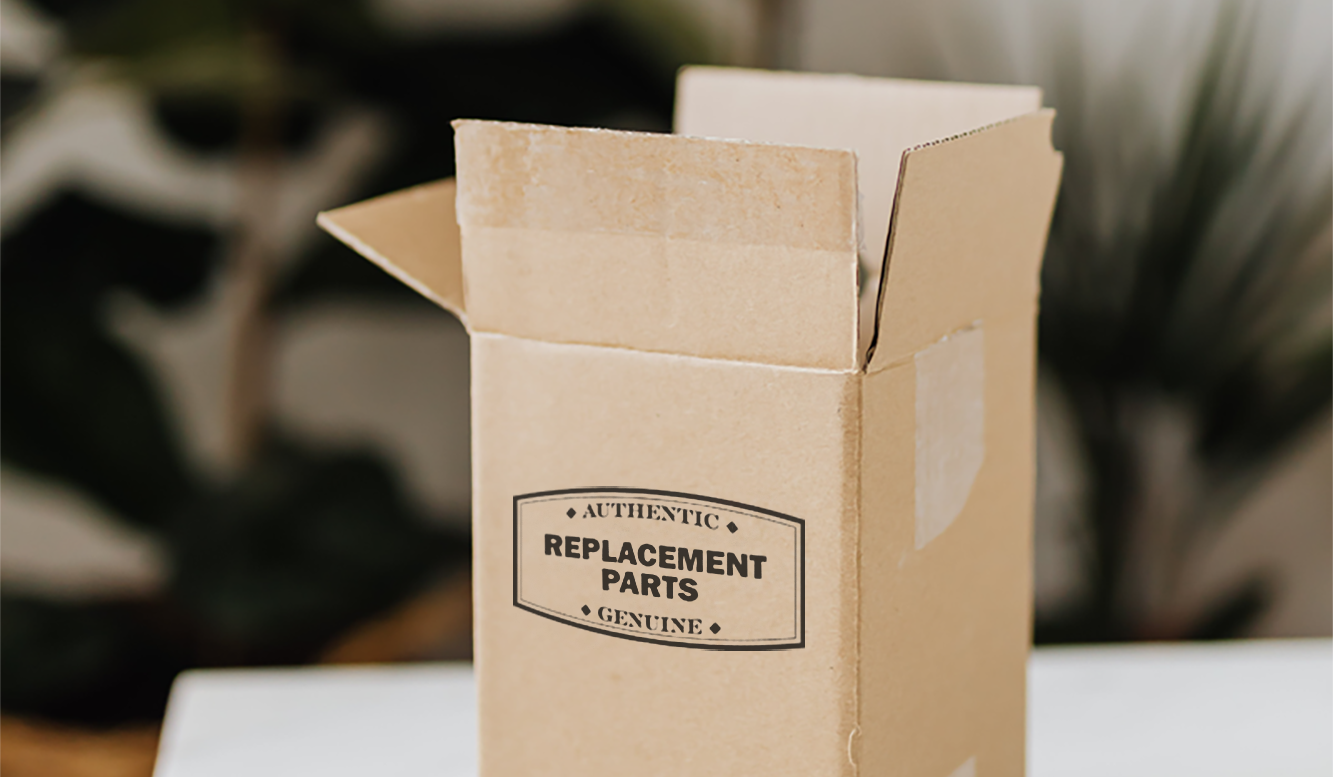Vital Tips For Appliance Parts Servicers During Fire Prevention Month

As servicers, ensuring your customers are well-prepared during each season is something that sets you apart from your competition. Fire safety is a primary concern in both residential and commercial settings. Whether you’re a servicer responsible for maintaining buildings and equipment, or one who encourages homeowners during house calls, providing both solutions and education can avoid unwanted catastrophic consequences. In this blog, we'll explore the importance of fire-preventative maintenance for servicers and provide essential tips and replacement parts to ensure the safety of occupants and assets.
Understanding Fire Preventative Maintenance
Fire preventative maintenance surrounds a series of proactive measures to reduce the risk of fires and ensure the proper functioning of fire safety systems and appliances. Servicers play a critical role in this process, as they are responsible for inspecting, maintaining, and, when necessary, upgrading fire prevention equipment and systems. This is also a great opportunity for servicers who mainly answer the call for homeowners to tack on additional services while on a call. For instance, if you're on a jobsite servicing a customer's dryer, talk to them about the importance of cleaning out the dryer venting system. This can either lead to an additional service charge, or at the very least, the sale of a dryer vent cleaner for them to handle on their own! Most dryer parts can be stowed away on service vehicles, making it even more convenient for you and your customers.
The Key Components of Fire Preventative Maintenance

Regular Inspections: Regular inspections are the foundation of fire-preventative maintenance. Servicers should conduct thorough inspections of buildings and equipment to identify potential fire hazards. This includes checking electrical systems, heating and cooling equipment, appliances, and fire protection systems such as ventilation systems, fire alarms, and sprinklers. For all replacement parts that are identified during inspections, feel free to check out our entire parts inventory, here.

Electrical System Maintenance: Faulty electrical systems are a common cause of fires. Servicers should inspect and maintain electrical panels, wiring, and outlets to ensure they are in good condition. Take advantage of promptly replacing damaged or outdated components with in-stock electrical replacement parts to prevent electrical fires.

Dryer Appliances: Clothes dryers are more prone to fires than many homeowners are led to believe. Dyers and washing machines cause on average 16,000 fires per year, with dryers accounting for 92% of that amount, totaling an average of $200M in property damage. As a servicer, knowing the most common parts to replace ranging from gas coils, and lint brush sets to terminal blocks and vent piping are a small fraction of the cost of what damages may yield if not attended to in time.

Heating and Cooling Systems: HVAC systems, furnaces, and boilers should be cleaned and serviced regularly to prevent overheating and malfunction, which can lead to fires. Ensure that air filters are changed, and ventilation systems are clean and free from obstructions. If you're a servicer who focuses on HVAC systems, the need for capacitors and contactors grows higher in demand during those peak times of the year.

Fire Safety Systems: Fire alarms/smoke detectors, and sprinkler systems should be tested on a routine basis to ensure they function correctly. Replace batteries in smoke detectors and conduct full-scale fire drills periodically to familiarize occupants with emergency procedures.

Fire Extinguishers: Servicers should inspect and maintain fire extinguishers, ensuring they are fully charged and in good working order. Properly placed and functioning fire extinguishers can help contain small fires before they escalate.

Emergency Exits and Lighting: Check emergency exit routes and ensure they are well-lit and unobstructed. Regularly test emergency lighting to ensure it activates during power outages.

Employee Training: Train your maintenance staff to recognize fire hazards and respond appropriately. This includes knowing how to use fire extinguishers, shut off utilities in an emergency, and evacuate safely.
Benefits of Fire Preventative MaintenanceInvesting in fire preventative maintenance offers numerous benefits for servicers:
- Safety: Regular preventative maintenance minimizes the risk of fires and ensures that occupants have the best chance of escaping unharmed in the event of an emergency.
- Compliance: Servicers who adhere to fire safety codes and regulations reduce the risk of legal liabilities and fines.
- Asset Protection: Well-maintained buildings and equipment have a longer lifespan, reducing the need for costly replacements and repairs.
- Insurance Savings: Demonstrating a commitment to fire prevention can lead to lower insurance premiums and better coverage terms.
Conclusion
Fire preventative maintenance is a responsibility that servicers should take seriously. By conducting regular inspections, addressing potential fire hazards, and maintaining fire safety systems, you protect lives and property, ensure compliance with regulations, and reduce long-term costs. Remember that fire prevention is an ongoing process, and the safety of occupants and assets should always be the top priority.


